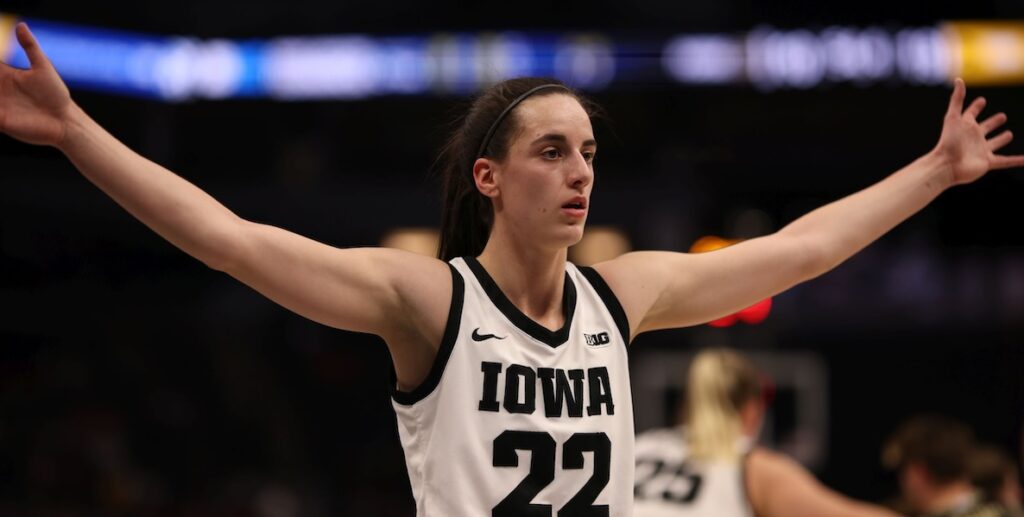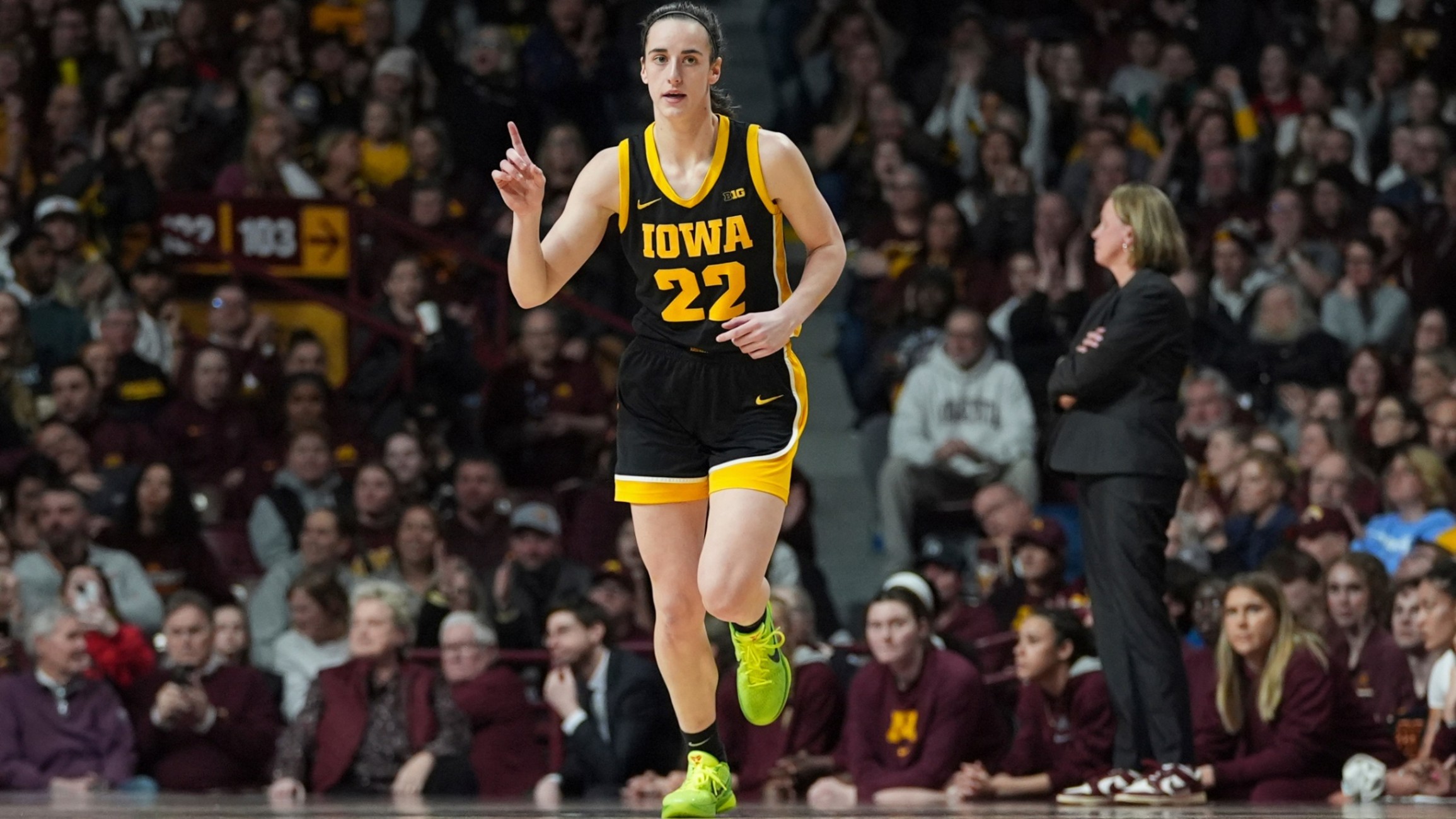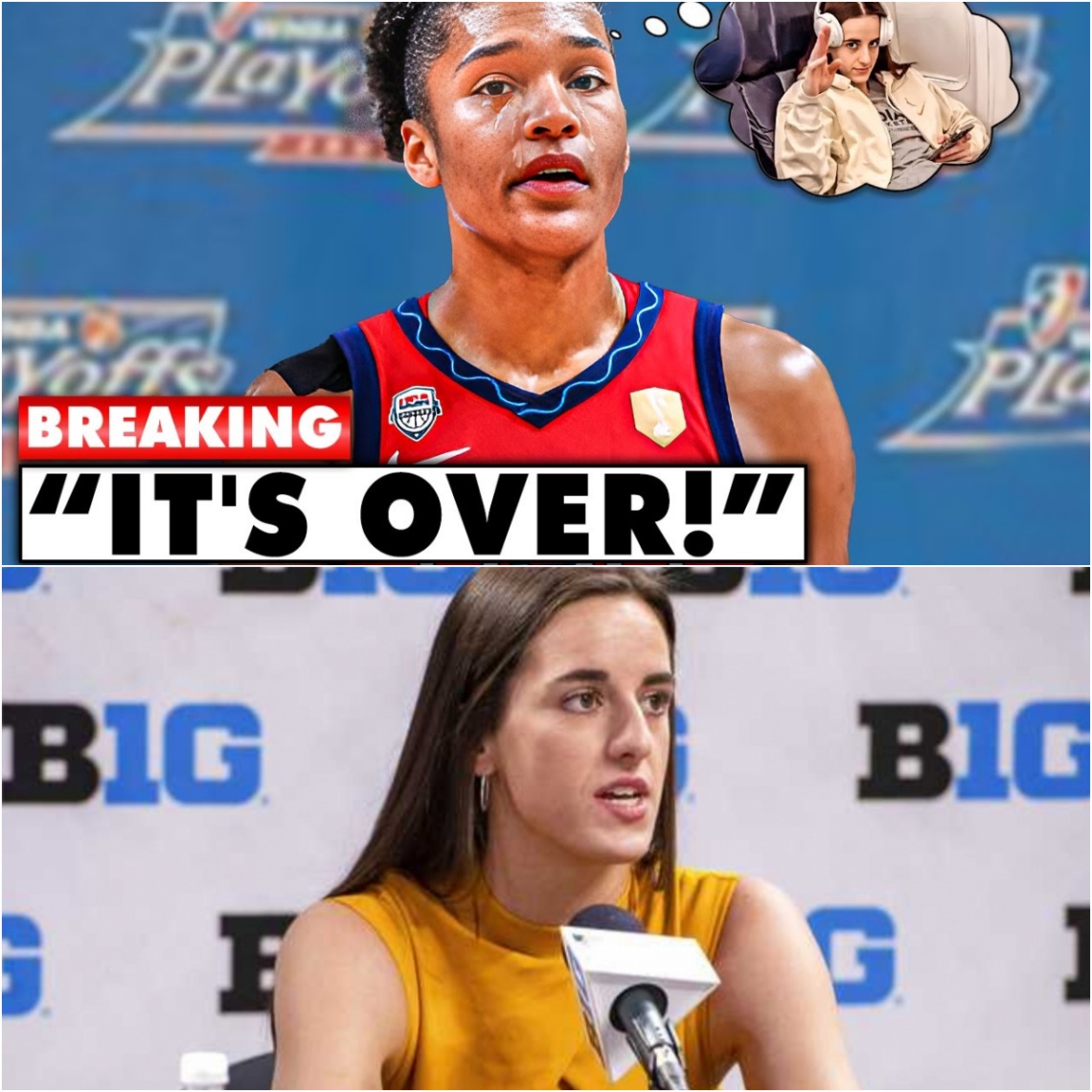In what has been described as one of the most devastating blows to the WNBA, basketball sensation Caitlin Clark’s departure has triggered a financial collapse that could spell the end of the league as we know it. A league once riding high on her star power is now facing empty arenas, plummeting ticket sales, and unpaid bills, with experts warning that the WNBA may be teetering on the edge of bankruptcy.
Clark, who rose to stardom with the Indiana Fever, wasn’t just a player—she was the force breathing life into the WNBA. “Caitlin broke the glass ceiling,” a sports commentator remarked, “and they should have been bowing at her feet.” But when the star announced she was leaving the league, the once-promising future of women’s basketball took a nosedive.

The “Caitlin Effect” and WNBA’s Rise
Before Clark’s arrival, the WNBA struggled to gain national attention, with many basketball fans unaware of its existence. However, when Clark joined the Fever, she brought more than just extraordinary talent—she brought fans, fame, and most importantly, revenue.
Attendance skyrocketed by 265%, with arenas selling out almost every game. The Fever’s Gainbridge Fieldhouse saw over 186,000 fans flood in during the season, and the Fever led the WNBA in total attendance with 643,000 fans over the regular season. Merchandise sales shot up by over 1,000%, and television ratings surged as casual sports fans became hooked on watching Clark’s electrifying performances. For the first time in its history, the WNBA wasn’t just a niche league but a growing phenomenon.
Clark’s star power even forced teams like the Las Vegas Aces and the Washington Mystics to move to bigger venues to accommodate the crowds. “People couldn’t get enough of her,” remarked one insider. “She turned the WNBA into something people actually talked about.”
Financial Collapse in Her Wake
But Clark’s sudden departure threw the league into chaos. The financial ecosystem that had built up around her presence collapsed. The WNBA, which had been enjoying a rare period of financial stability, quickly found itself struggling to stay afloat. “It’s like Caitlin walked out the door, and the dollar signs followed her,” the same commentator noted.
Within weeks, attendance dropped to pre-Clark levels, with arenas once again looking like ghost towns. Ticket sales plummeted, merchandise stopped flying off the shelves, and viewership nosedived by 50% overnight. A June 23rd game between the Indiana Fever and the Chicago Sky, which drew 2.3 million viewers with Clark on the court, now barely scrapes 1 million.
Salaries have also taken a massive hit, with many players now questioning if their future in the WNBA is sustainable. Reports have surfaced of top players looking to jump ship to European leagues, where they can earn more than the “chump change” they’re offered in the WNBA. “It’s ridiculous,” one player stated. “We’re getting paid less than high school gym teachers. Some of us are thinking about taking up side gigs just to make ends meet.”

A League on Life Support
The WNBA’s front office is now in full-blown panic mode, scrambling to find a way to reverse the financial freefall. “Caitlin was the glue holding it all together,” one league insider revealed. “Without her, it feels like the whole thing is coming apart at the seams.”
While the league tries to put on a brave face, trimming costs and cutting salaries, it’s clear the situation is dire. Clark was more than a player—she was the reason sponsors were lining up, the reason people were tuning in. Now that she’s gone, the league is desperately trying to stay relevant, but without her star power, it feels like a losing battle.
The WNBA, once on the brink of a renaissance, is now staring down the barrel of financial ruin. Many players and fans are left wondering whether the league will survive the post-Clark era or if it will become yet another footnote in the history of professional sports leagues that failed to live up to their potential.
As the WNBA’s financial meltdown continues, one thing is painfully clear: Caitlin Clark wasn’t just the face of the WNBA—she was its lifeblood. Without her, the league is struggling to find a way forward, and its future is looking bleaker by the day.
